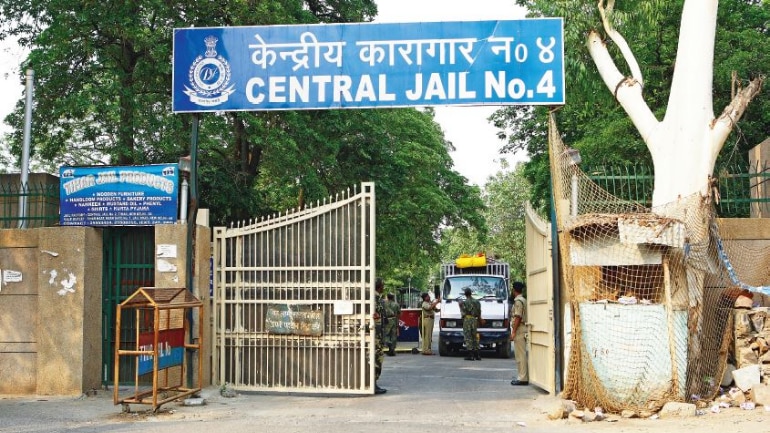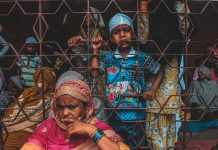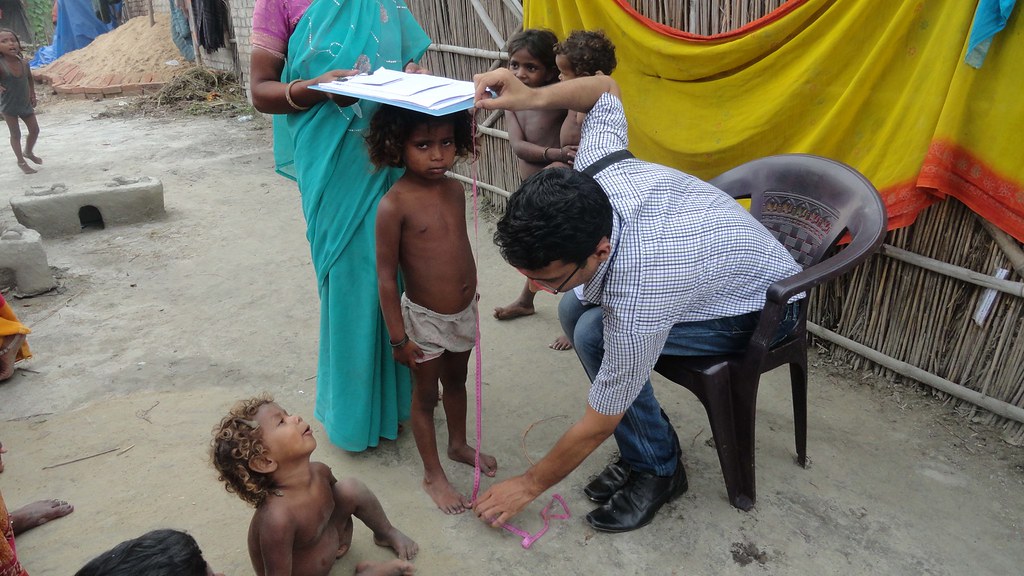The various aspects of the coronavirus pandemic have continued to be discussed and a series of critical reflections have been generated on the important economic, social, political and cultural fallouts of the pandemic. From rising rates of global unemployment and loss of livelihoods, to concerns about dropping food security and violation of human rights to issues of ecological sensibilities and developmental challenges, the discussion has continued to generate a series of critical reflections and observations on what the pandemic has meant for millions of people across the world.
However, in this piece, I have tried to draw attention to a problem which is not only unique but one which has not received the kind of interest and attention that it ought to have received because of its critical importance and urgent appeal.
The article deals with how women are coping with the pandemic inside prison cells, what kind of challenges and issues it has brought before them and how it has continued to deepen and strengthen the gender divide that is embedded in a patriarchal society such as India.
Women are indeed a minority in Indian prisons, which are built largely keeping the male prisoner in mind. Perhaps that is the reason why we still miss a very exhaustive and nuanced discussion on issues like custodial assault, custodial childbirth and the larger culture of hostility and inhuman treatment meted out to female prisoners in our jails.
The coming in of the pandemic and the continuous assertion that crowded places such as the prison could become potential hotspots for the spread of the coronavirus led the Supreme Court of India to order for the decongestion of prisons, to curb and control the spread of the virus among inmates.
It is in this context that the Apex court directed that High Power Committees be formed to ensure that this process was carried out effectively and smoothly. The decision of the Supreme Court underlined the fact that prisons were seen as fertile grounds for the spread of the inception and it was considered an extremely crucial step to have our connected prisons under a process of decongestion amid the pandemic. Any delay and under-promptness in executing such a process would most certainly imply that the prisons would turn into potential grounds for a catastrophe. The threat of having the infection spread inside our prisons will lead to mass contagion and in turn put the lives of women, children and other sexual minorities who are the inmates, into greater risks and positions of vulnerability.
We have to understand that while women compose a minority when it comes to inmates in Indian prions. What we have to acknowledge is that even among the broader category of women, pregnant and lactating women or women with disabilities and morbidities are at a greater risk of infection in overtly over-crowded Indian prisons.
While there can be no doubt about the fact that there is an urgent need to ensure that the condition of women prisoners inside our jails especially amid the pandemic is taken care of , what is also important to ensure is that attention is paid to the plight and wellbeing of all women inmates and not merely those who happen to be lactating, pregnant or endowed with other morbidities.
From lack of sanctified and dignified existence as women, to lack of healthcare and medical attention to custodial abuse and violence- women in Indian prisoners need attention and call for a reform in such systems.
The plight is even worse for Dalit, Adivasi or women from other minority communities. It is high time that the rights of women inside India’s prions be taken up more seriously especially amid the pandemic.
It is the time to rethink prison reforms and reimagine the prison even for once, from the eyes of the female prisoner.














